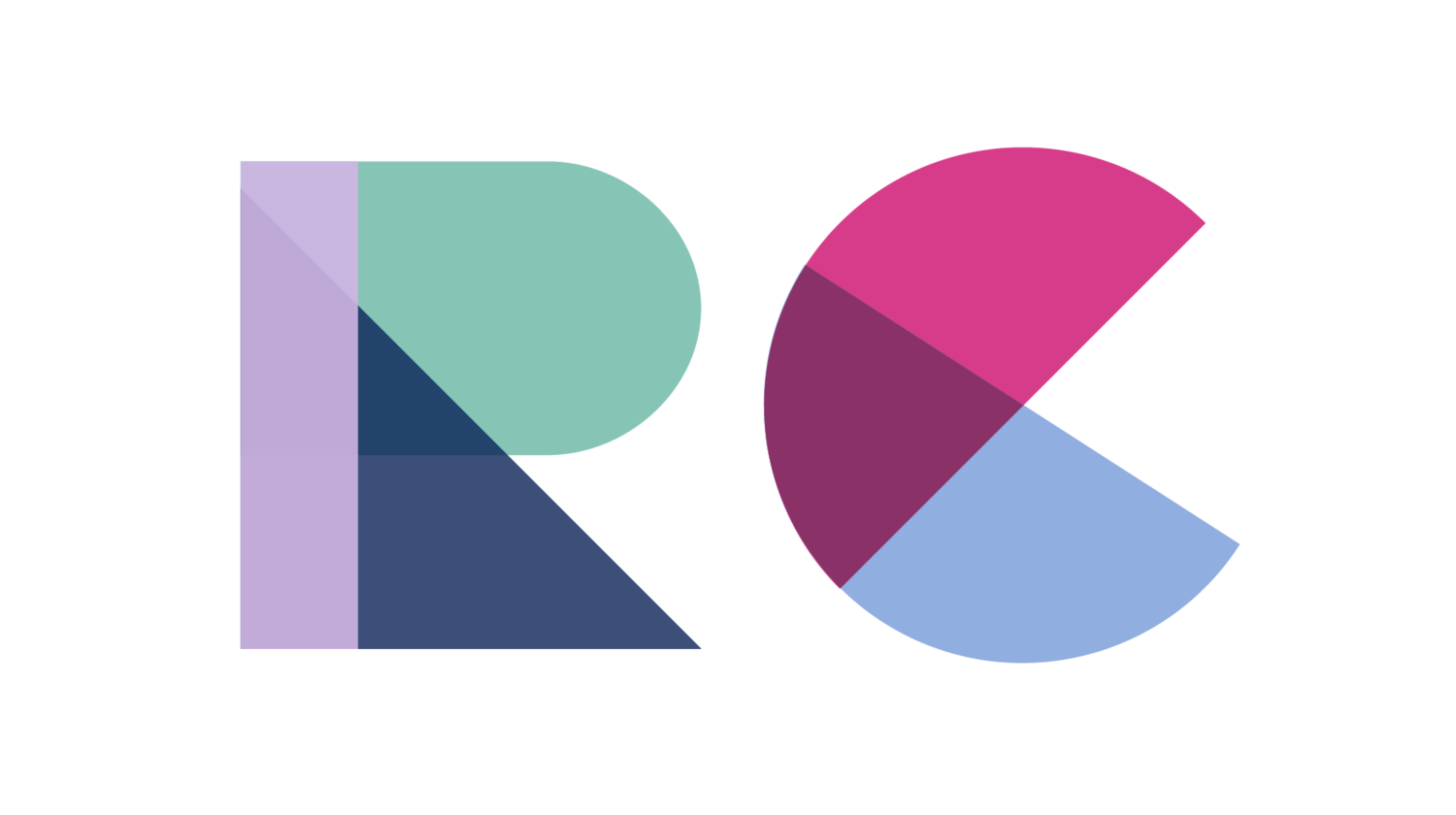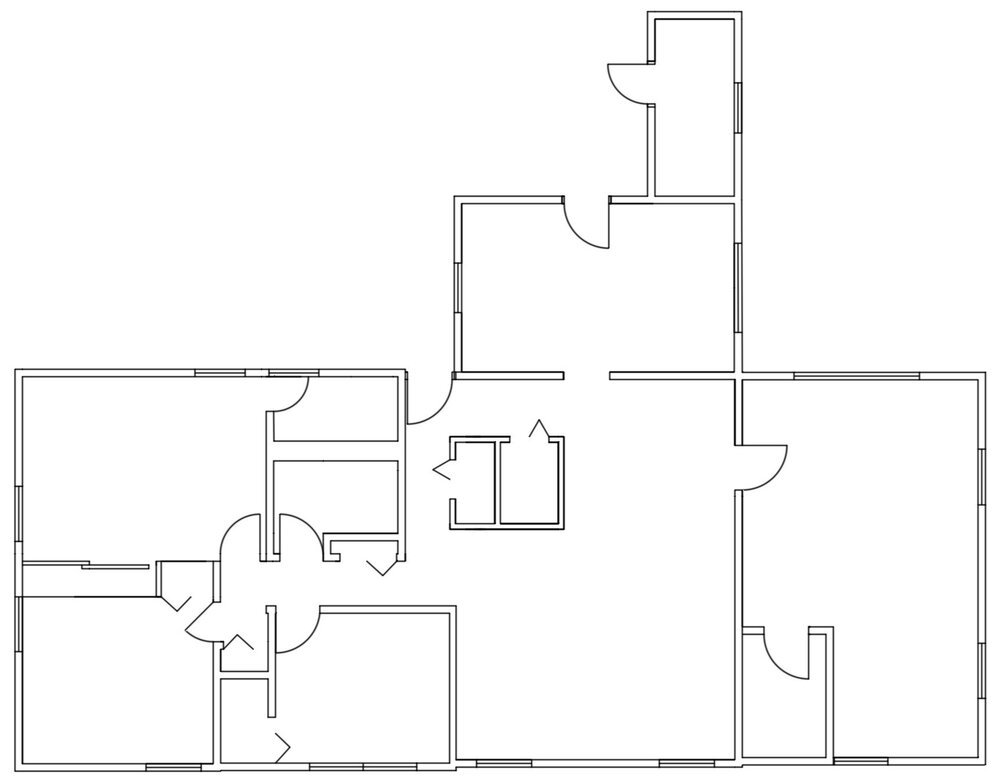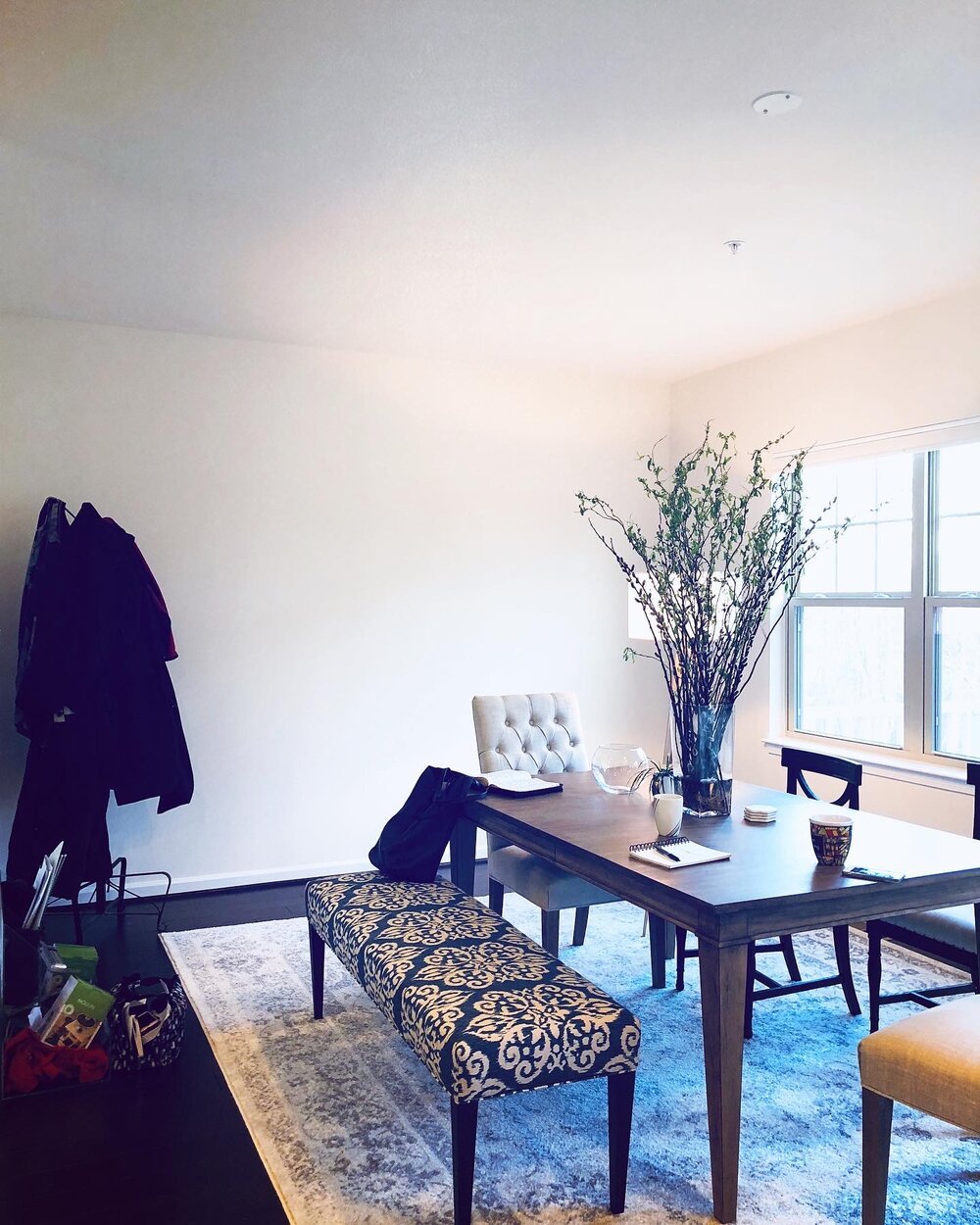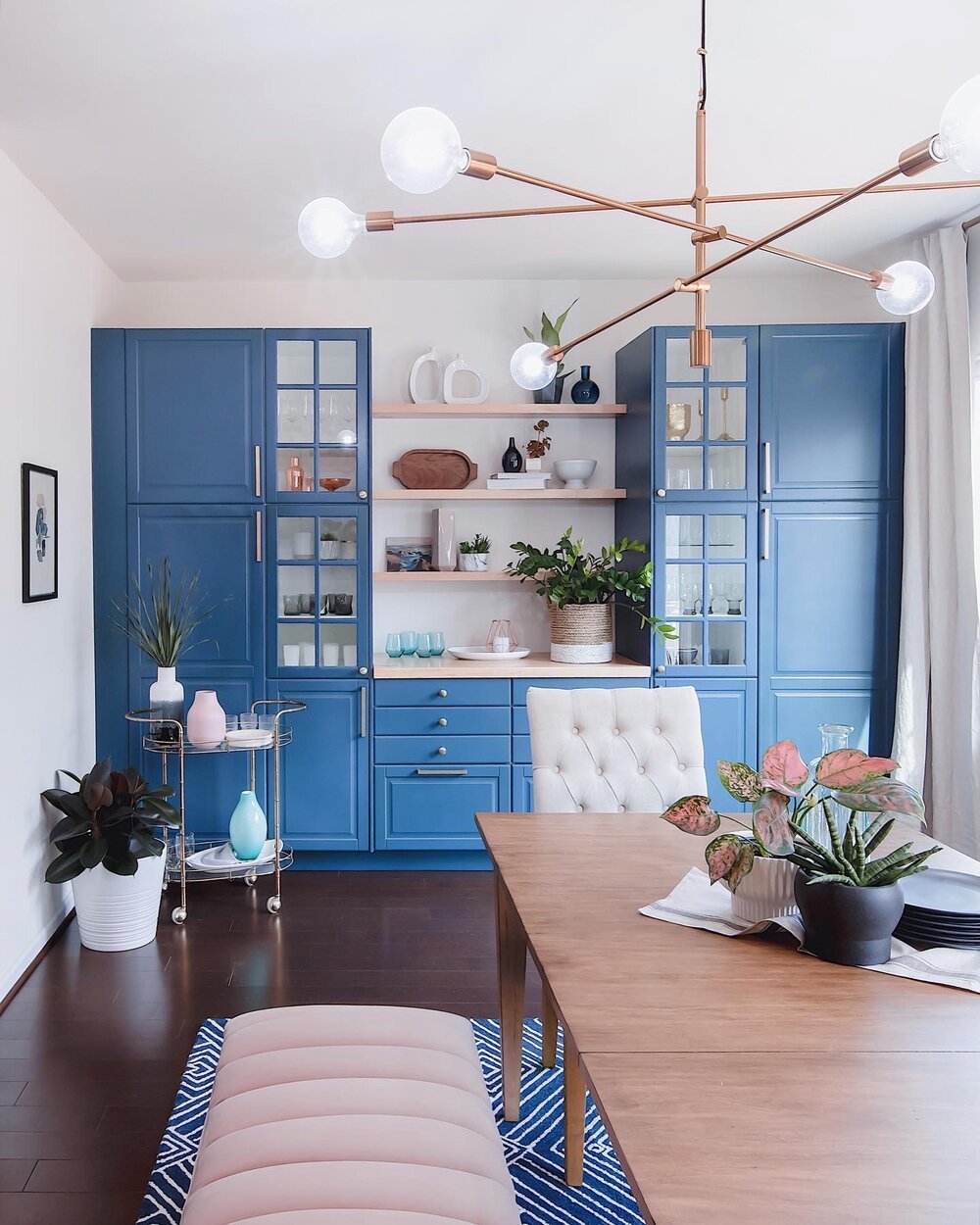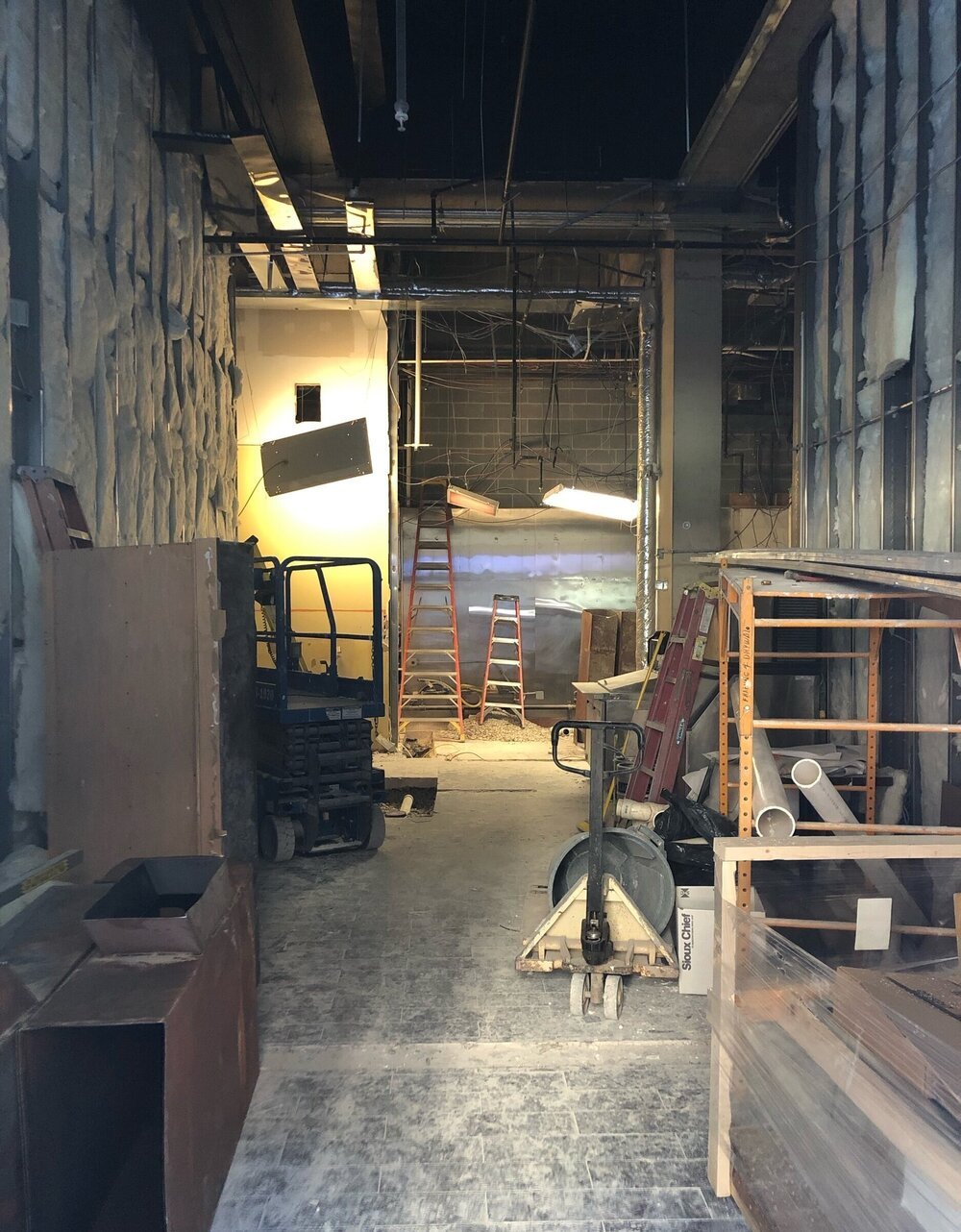Who Are You Really, and What Were You Before?
As I’ve met with prospective clients and other creative professionals since relaunching my design business in 2018, a few things have become very clear to me about my field, my personal work, and the type of projects I hope to take on in the future.
1. My favorite part of a project is space planning. That’s when I get to reimagine the existing space and create something new that is functional for my client. On a residential project, this means changing the way people experience their home. I work closely with my clients to find out how they currently live vs. how they want to live. Through interviewing them I can make detailed decisions about the design and gain a greater understanding of their needs for when I’m communicating with contractors. Likewise, on a commercial project, this means creating a space that’s functional for employees and customers. Commercial projects can be completely brand-driven, which is a particularly fun challenge, or a reconfiguration from a previous business, which can involve keeping plumbing in place and working around fire codes. It always means making more drawings so that every specialist involved knows exactly how the space is supposed to look.
2. The general public’s knowledge about design is limited, and every project will involve providing some necessary education on my part. This is because business owners and homeowners are making a lot more of their decisions based on what they’ve seen on HGTV than in years prior, there are a lot of people who think they know what interior design entails. When in reality, they are only aware of the part that involves decorating. Once people have a project to work on, they get acclimated to the realm of interiors and architecture rather quickly, and soon realize that things are a lot more complex than what’s portrayed on TV.
3. Largely due to a TV-based understanding of interior design, only a small percentage of the population actually knows what it is that I do. When I say I’m an interior designer, most people interpret this to mean that I’m a decorator. That is not nearly an accurate or complete description of what I have been doing for my clients. I firmly believe that anyone can decorate; and with enough creativity and shopping prowess, they can create a space that copies a look, or even creates a new one. Decorating is an art of aesthetics and opinions. Does this color look good with that color? Can I use this pattern with the one that already exists? Yes, I know more goes into it than that, but what I mean to say, is it’s more surface focused. Nothing is permanent. Architecture on the other hand is permanence, immobility, and isn’t something you can change with a trip to HomeGoods.
Though “decorator”, "interior designer", and "interior architect" can be a matter of semantics, the terms don’t have any effect on who you can and can not hire. But as a client, you can use the title as a first step to narrow down who might be a good fit for your project.
An interior decorator typically hasn’t been to school for design, and mainly shops at retail stores (or if they’ve been in the biz long enough, they have a trade license). They might have done some projects where they needed a contractor to build something, but they weren’t submitting anything for a permit. They’re all about aesthetics, the art side of design. Sometimes this means their choices don’t make functional sense, but if it fits the look, that’s what’s important. I don’t mean to downplay their talent by any means. Actually, I'm in awe of what some decorators can do. But I am speaking to technical capability.
An interior designer has been to school for interior design. They should have a piece of paper of some kind stating so, and most likely they have the student loan debt to go with it (if not, praise be). Interior designers are concerned with the science of design. They can create floor plans, furniture plans, electrical plans, reflected ceiling plans, finish plans, elevations, and detail drawings. Some can sign their own drawings for permits. They know how interior architecture can be manipulated, all of the decorating terms, the turning radius is in an ADA bathroom, and what the clearance is for a wheelchair on a straight path. As someone outside of the field you may not be familiar with these things; but what you should know is that an interior designer provides full service design.
An interior architect has trained in the same coursework as an interior designer, but their education may have had a more architectural lean to it. In the field they may be more heavily focused on the form of the space. If you were to take all of the tasks from interior design that involve drawings, that would be interior architecture. Interior designers and interior architects are two sides of the holistic design coin, which is why there’s such a dull edge between the terms. Depending on the project, an interior architect may never work with upholstery or pick out a window treatment, but they will make sure that everything intended is going to fit within a space in a way that best serves the users.
So why am I making the change to say I’m an interior architect? Because I am an interior designer whose work is largely centered on interior architecture, and I find myself in a space of continual education based partially in the title I have chosen. I practice human-centered design and I don’t do a lot of art and accessory selection since these are entirely aesthetic. Instead, I create spaces whose form and function are holistically compatible with their users. Within those I specify surface materials, furniture, lighting, and more including the right paint color for a space as it relates to aesthetic values of my client and their needs. I’m choosing architecture because of what that means to the general public, and I’m choosing it because it’s what I actually do.
If you want to geek out, here’s one of my favorite pieces about interior design.

